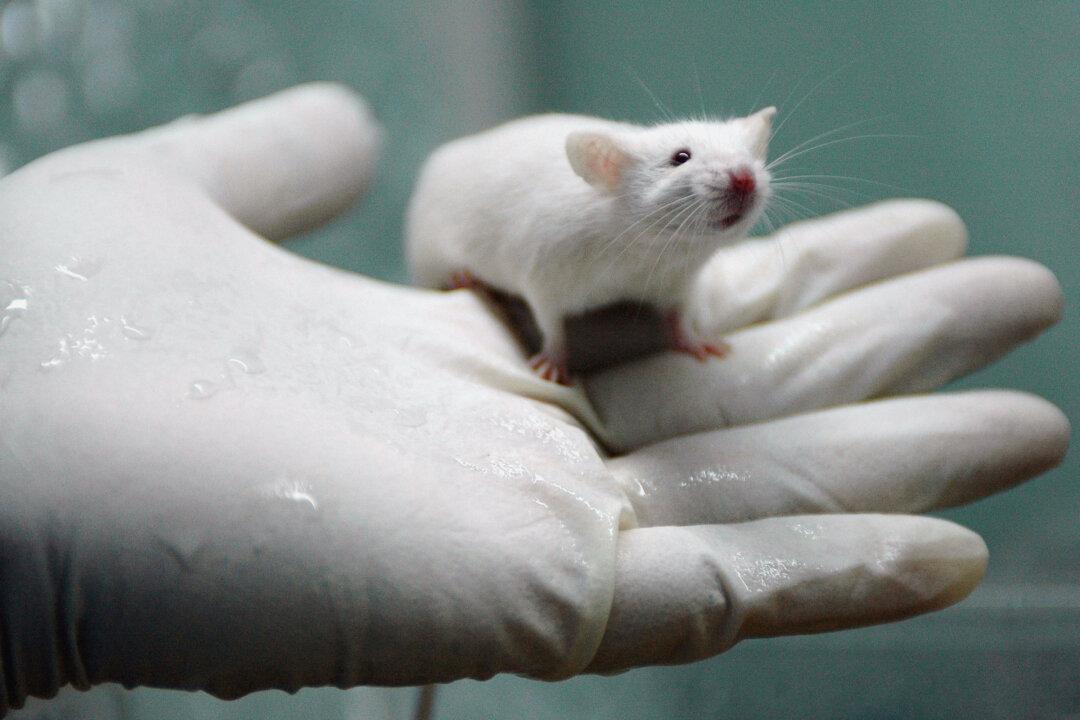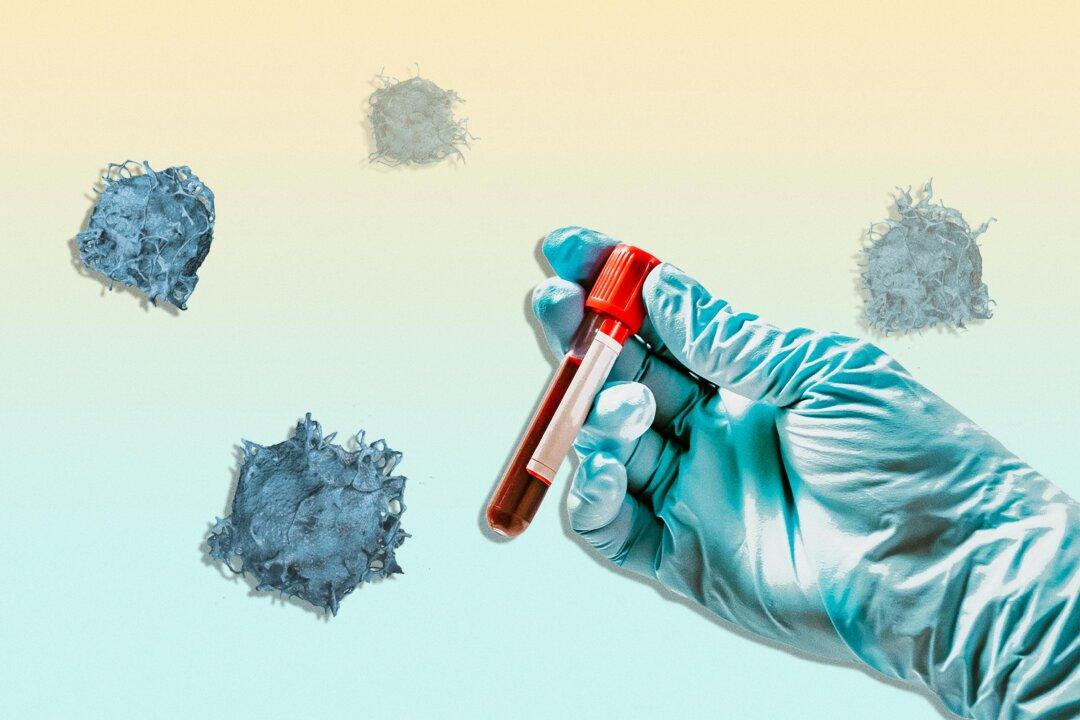Commentary
Biotechnology is being harnessed to accelerate social-revolutionary policies and cross what once were immutable moral boundaries. The latest example occurred in China—where scientific ethics go to die. Here’s the story: Two Shanghai-based researchers surgically attached male and female rats. They then transplanted uteruses into male rats and ensured that the females’ blood nurtured the organs now in the male bodies.





